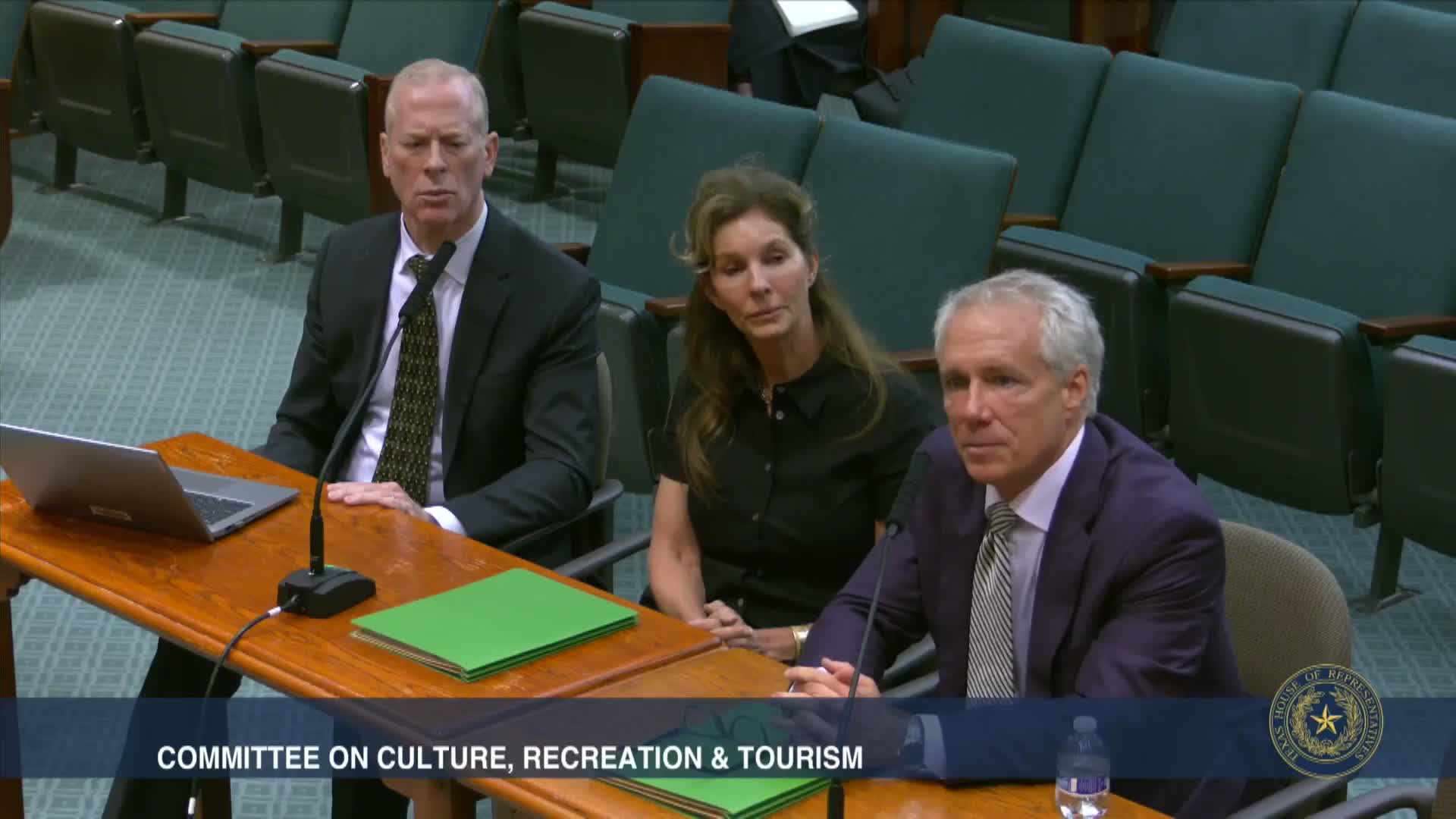Texas Committee Evaluates Safety Standards for Youth Camps After Recent Flooding
June 08, 2025 | All Committees 2025, HOUSE OF REPRESENTATIVES, Legislative, Texas
This article was created by AI summarizing key points discussed. AI makes mistakes, so for full details and context, please refer to the video of the full meeting. Please report any errors so we can fix them. Report an error »

In a recent meeting of the Texas House of Representatives' Committee on Culture, Recreation & Tourism, discussions centered around enhancing safety protocols for youth camps in the wake of recent flooding incidents. The committee emphasized the need for nuanced regulations that differentiate between various types of flood risks, particularly distinguishing between rapid flood rises and slow, steady increases in water levels.
One key point raised was the inadequacy of a blanket rule based solely on floodplain designations. Committee members argued that a more tailored approach is necessary, considering the specific characteristics of different areas, such as those prone to sudden flooding versus those that only experience gradual water level increases. This differentiation is crucial for ensuring the safety of campers, especially in regions that may face unique environmental challenges.
The meeting also highlighted the importance of collaboration with local emergency services. Camp representatives shared their practices of inviting first responders to their facilities annually, fostering relationships that enhance safety preparedness. This proactive approach not only builds trust within the community but also ensures that emergency personnel are familiar with the camp environment, which can be vital during an actual emergency.
Additionally, the committee discussed the role of technology in communication during emergencies. Camp representatives described their use of various radio systems to maintain contact across large areas, ensuring that staff can quickly relay information when needed.
The committee's discussions reflect a broader commitment to improving safety standards for youth camps across Texas. With nearly 1,200 camps operating in the state, the implications of these discussions are significant. By refining regulations and fostering partnerships with emergency services, Texas aims to create a safer environment for its youth, ensuring that camping remains a cherished and secure experience for generations to come.
As the committee moves forward, it will continue to evaluate best practices and consider legislative measures that could further enhance safety protocols, demonstrating a proactive stance in addressing the challenges posed by natural disasters.
One key point raised was the inadequacy of a blanket rule based solely on floodplain designations. Committee members argued that a more tailored approach is necessary, considering the specific characteristics of different areas, such as those prone to sudden flooding versus those that only experience gradual water level increases. This differentiation is crucial for ensuring the safety of campers, especially in regions that may face unique environmental challenges.
The meeting also highlighted the importance of collaboration with local emergency services. Camp representatives shared their practices of inviting first responders to their facilities annually, fostering relationships that enhance safety preparedness. This proactive approach not only builds trust within the community but also ensures that emergency personnel are familiar with the camp environment, which can be vital during an actual emergency.
Additionally, the committee discussed the role of technology in communication during emergencies. Camp representatives described their use of various radio systems to maintain contact across large areas, ensuring that staff can quickly relay information when needed.
The committee's discussions reflect a broader commitment to improving safety standards for youth camps across Texas. With nearly 1,200 camps operating in the state, the implications of these discussions are significant. By refining regulations and fostering partnerships with emergency services, Texas aims to create a safer environment for its youth, ensuring that camping remains a cherished and secure experience for generations to come.
As the committee moves forward, it will continue to evaluate best practices and consider legislative measures that could further enhance safety protocols, demonstrating a proactive stance in addressing the challenges posed by natural disasters.
View full meeting
This article is based on a recent meeting—watch the full video and explore the complete transcript for deeper insights into the discussion.
View full meeting
